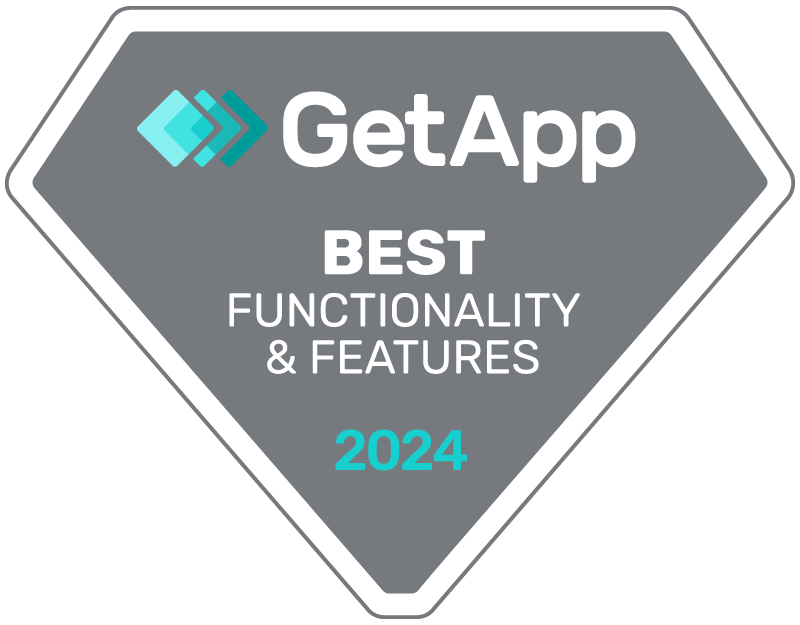How to Scale the Benefits of 360° Employee Feedback

Are you struggling to boost employee engagement? 360° feedback provides a means to do that, while improving your entire value chain along the way.
The employee feedback process is inextricably tied to employee engagement and the performance of everyone from the C-suite to sales reps. Using a 360° feedback solution can take your company so much farther than using standard, infrequent employee feedback surveys.
Full 360° feedback is holistic. It incorporates feedback from ALL stakeholders to give you a qualitative evaluation from sales, leads, reporting, managers, supply chains, project teams and consultants. It may sound time consuming, but once it’s set up, the process gets easier, faster and cheaper over time.
The Loss of “Human” in H.R.
What we often see happen in larger and growing companies is that HR is asked to focus their attention on KPIs, the shareholders, and income increase or lag. The HR team struggles so much to be strategic that they forget about the people.
It’s time for HR to put the human back in human resources.
Employees and leadership alike need to be able to give AND receive feedback continually in order to grow.
Facilitating and giving well-crafted, frequent feedback is HR’s most important job. Employees need to know that they’re on the right track, or be notified when they veer off course. Without feedback, employees will never know what they are doing right and wrong.

Discover what truly motivates your employees so you can skyrocket your productivity and profitability.
Learn moreBuilding a Culture of Free-Flowing Feedback
To build a culture of free-flowing feedback within your company, the HR team must set the standards. They need to let employees know that feedback is expected, appreciated, understood and acted upon.
The first step is for HR to model the behavior that the organization needs to see from all its leaders. When HR walks the talk, then regularly asks for feedback from staff about leadership, this can lead to a healthier exchange of feedback.
This is critical: Employee feedback surveys must be tied to initiatives that help employees grow. Surveys are tools to make things better, and should not be used to validate closing down an office or getting rid of people! Don’t tie surveys to these negative activities or employees will not respond to those surveys honestly for years.
H.R. as Company Coach
Next, combine feedback with performance management.
Plan the process out with the management team. Ask:
- How will we measure results?
- How frequently will we conduct surveys?
- How will we use the outcome?
- How will this affect the budget for training and coaching?
Finally, prepare leaders and employees for the 360° process. Explain how it will work, that it is designed to help people grow, and the goals you are aiming for. Most importantly, explain what the next step is after data collection.
Make the feedback process on-going
Effective 360° feedback is not a once- or twice-a-year process – it is on-going. As soon as you are finished gathering one round of feedback, gear up for the next round!
The whole process should look like this:
- Prepare
- Communicate
- Enable people to develop
- Then ask for more feedback!
That said, don’t rush the survey creation process. Spend time on every survey and tailor it to your business – especially if you start with someone else’s survey as a template.
Conclusion
The end result of continual employee feedback surveys is actual business benefit. This isn’t just a “soft” activity to see where your employees stand. When you approach feedback with a 360°solution, it gives you a 3-dimensional view of your entire value chain, and you then have the opportunity to create initiatives based on feedback.
With the results from the surveys in hand, you’ll have all the info you need when you go to your CFO for budget approval. You’ll be able to explain the pains, suggest solutions, then help employees develop skills and strengths.









